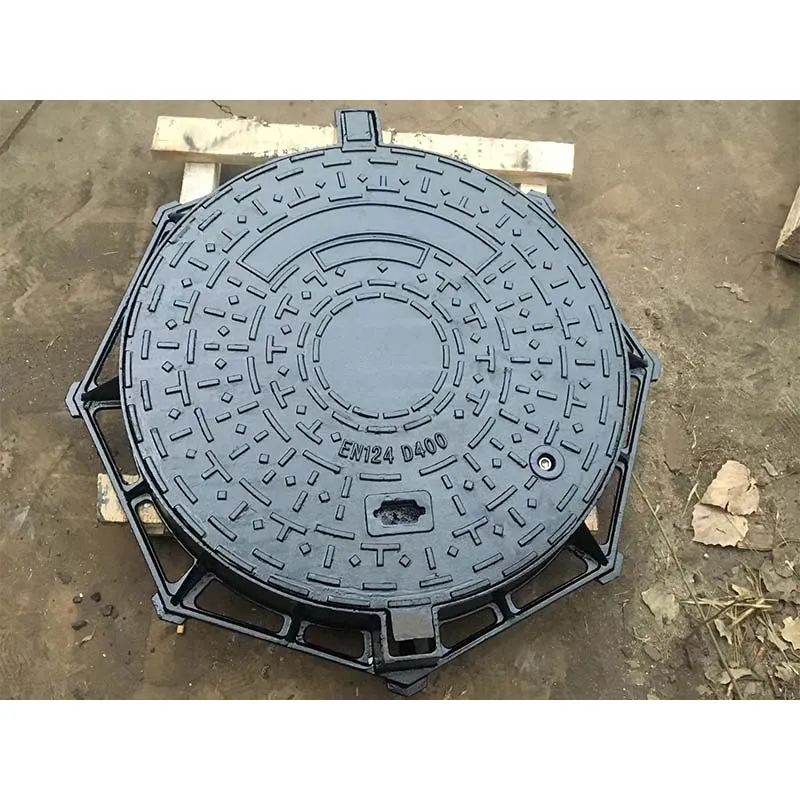Pneumatic Actuator for Efficient Control of Butterfly Valves in Industrial Applications
Understanding Pneumatic Butterfly Valve Actuators
Pneumatic butterfly valve actuators are essential components in various industrial processes, providing reliable control over the flow of fluids and gases. These actuators utilize compressed air to operate butterfly valves, which are widely recognized for their simplicity, effectiveness, and efficiency in regulating flow in piping systems.
What is a Butterfly Valve?
A butterfly valve consists of a disc that pivots to open or close the valve. When the disc is parallel to the flow, the valve is open, allowing the fluid or gas to pass through. When the disc rotates perpendicular to the flow, the valve seals off the passage, preventing any fluid from flowing through. This mechanism not only facilitates rapid operation but also minimizes pressure drop across the valve, making it an ideal choice for systems where efficient flow management is crucial.
The Role of Pneumatic Actuators
Pneumatic actuators utilize compressed air to operate the butterfly valve. They convert the pressure of air into mechanical motion, thereby enabling the valve to open and close. The primary components of a pneumatic actuator include a cylinder, piston, and control system. When air is introduced into the actuator, it pushes the piston, which in turn rotates the butterfly valve's disc. This operation can be finely controlled, allowing for precise modulation of flow depending on the requirements of the process.
Advantages of Pneumatic Butterfly Valve Actuators
1. Speed and Responsiveness Pneumatic actuators are ideal for applications requiring quick valve operation. They can open and close valves in seconds, making them advantageous in systems where timely control is essential.
2. Simple Design and Maintenance The design of pneumatic butterfly valve actuators is relatively straightforward, consisting of fewer moving parts compared to electric or hydraulic alternatives. This simplicity translates to easier maintenance and reduced likelihood of failure.
pneumatic butterfly valve actuator

3. Robust Performance These actuators are capable of operating in harsh environments, where extreme temperatures, pressures, or corrosive substances are present. Their resilience makes them suitable for a range of industrial applications.
4. Cost-Effective Compared to electric actuators, pneumatic actuators can be more economical in terms of both initial investment and operational costs. They do not require extensive electrical installations, reducing setup complexities and expenses.
Applications
Pneumatic butterfly valve actuators are used across various industries including water treatment, chemical processing, food and beverage, and power generation. In water treatment facilities, for example, they regulate the flow of water and chemicals, ensuring that processes run smoothly and efficiently. In the chemical industry, they manage the transportation and mixing of various fluids while maintaining safety and operational integrity.
Control Systems
To enhance functionality, pneumatic butterfly valve actuators can be integrated with control systems that utilize feedback mechanisms. These systems can be automated, allowing for remote control and monitoring of valve positions. This capability is particularly beneficial in modern manufacturing processes, where efficiency and real-time adjustments are valued.
Conclusion
In conclusion, pneumatic butterfly valve actuators represent a vital technology in industrial flow control. Their speed, reliability, and ease of maintenance make them a preferred choice for many applications. As industries continue to evolve and demand smarter, more efficient solutions, pneumatic actuators will remain at the forefront of fluid control technologies, providing the essential reliability and performance needed in today’s competitive environment. Their combination of cost-effectiveness and robust functionality ensures that they will remain a staple in the mechanical and industrial sectors for years to come.
-
The Smarter Choice for Pedestrian AreasNewsJun.30,2025
-
The Gold Standard in Round Drain CoversNewsJun.30,2025
-
The Gold Standard in Manhole Cover SystemsNewsJun.30,2025
-
Superior Drainage Solutions with Premium Gully GratesNewsJun.30,2025
-
Superior Drainage Solutions for Global InfrastructureNewsJun.30,2025
-
Square Manhole Solutions for Modern InfrastructureNewsJun.30,2025
-
Premium Manhole Covers for Modern InfrastructureNewsJun.30,2025
